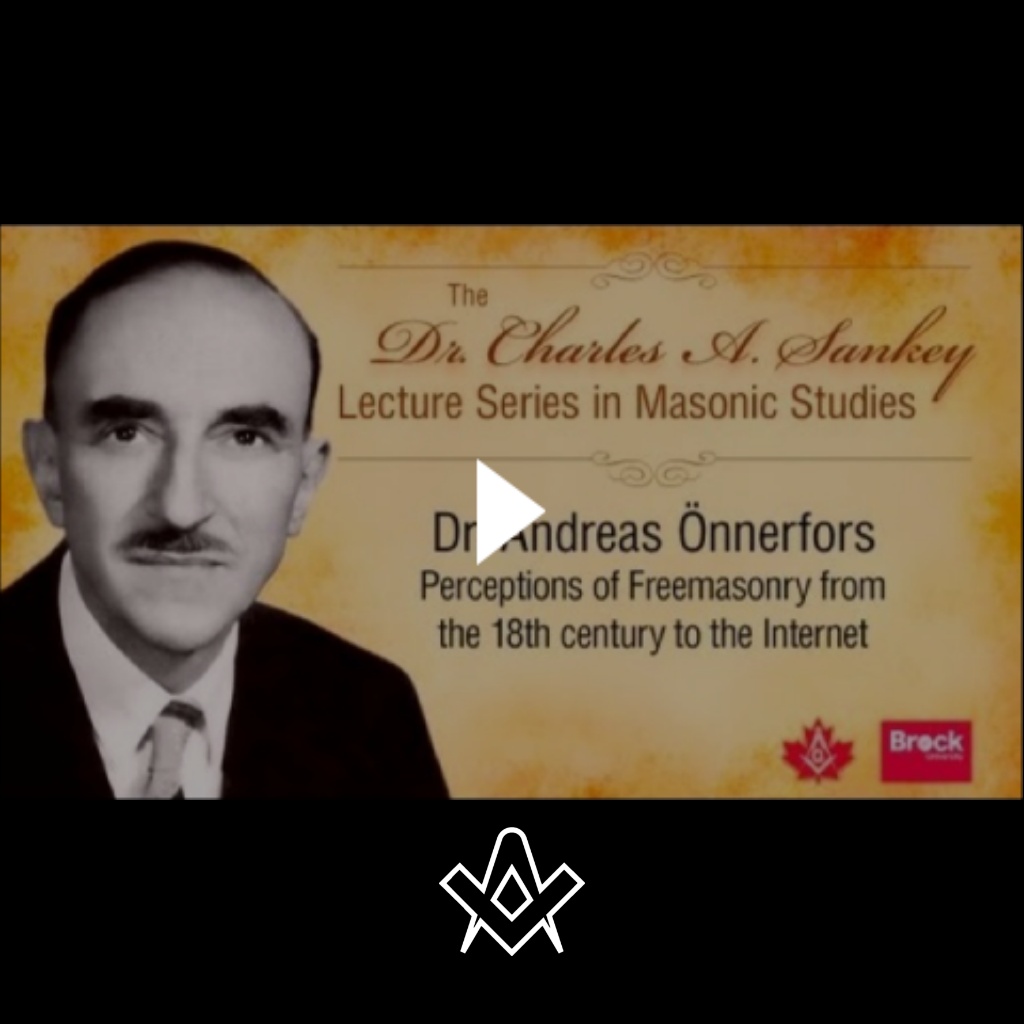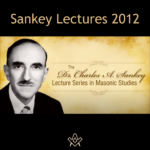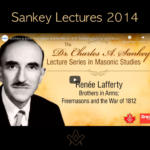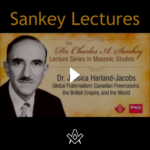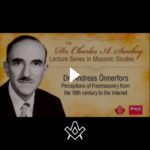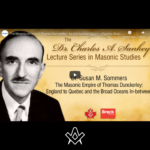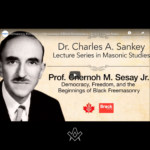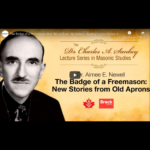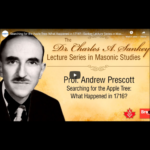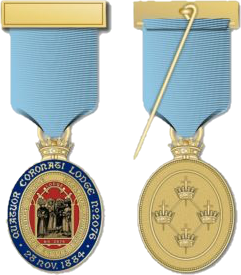Since its modern establishment in urban London of the late 1710s, Freemasonry was covered extensively in the press.
One of the first steps of the fraternity was to publish its mythological history and charges, the famous Constitutions of Anderson of 1723. Books and pamphlets attacking and defending Freemasonry almost immediately appeared on the market.
This dynamics accelerated in connection with events such as the papal condemnations of Freemasonry and peaked early around the years of the French revolution.
Since then, anti-Masonry in different colours on the spectrum has influenced the image of Freemasonry both in political ideologies, conspiracy theories of various kind, as much as in popular culture as recently demonstrated by Dan Brown’s new novel The Lost Key.
Freemasonry itself has reacted modestly upon this development of an image over time with few successful exceptions that also will be addressed by the lecture.
The presence of a seemingly secret society in media begs also the question how private Freemasonry in reality was and is. It is legitimate to ask if public perceptions of Freemasonry not even constitute a major element of the impact of Freemasonry upon society itself.
This lecture aims at to map the main lines of these perceptions from the first press articles to the presence of Freemasonry in the main media of the twenty-first century, the Internet.
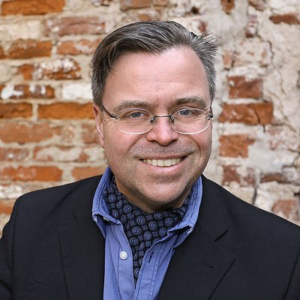
Dr. Andreas Önnerfors
IMAGE LINKED: wikimedia Attribution 4.0 International (CC BY 4.0)
Dr. Andreas Önnerfors
Andreas Önnerfors was raised in Germany in a Swedish-German family. After a period of extensive travel and some initial studies, he served in the Swedish Army between 1993 and 1996, interrupted by studies in History of Sciences and Ideas.
In 1997 he took up his undergraduate studies in the History of Sciences and Ideas at the University of Lund in Sweden where he completed his BA and MA, starting his PhD training in 1999. In 2000, he also was admitted to a German PhD scheme at the University of Greifswald at the Baltic shore.
Since then, Andreas has undertaken postdoctoral research on Swedish 18th Century Freemasonry and has taught courses mainly within European Studies.
He also has a large interest in press history and the history of sciences. Önnerfors has published about 40 papers and articles in various languages, a majority of them on Freemasonry.
Andreas Önnerfors is Master for Quatuor Coronati Lodge 2076 ( 2019-2020 )

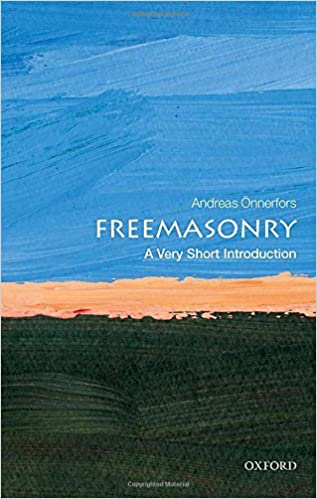
Freemasonry:
A Very Short Introduction
Freemasonry is one of the oldest and most widespread voluntary organisations in the world. Over the course of three centuries men (and women) have organized themselves socially and voluntarily under its name.
With a strong sense of liberation, moral enlightenment, cosmopolitan openness and forward-looking philanthropy, freemasonry has attracted some of the sharpest minds in history and has created a strong platform for nascent civil societies across the globe. With
the secrecy of internally communicated knowledge, the clandestine character of organization, and the enactment of rituals and the elaborate use of symbols, freemasonry has also opened up feelings of distrust, as well as allegations of secretiveness and conspiracy.
This Very Short Introduction introduces the inner activities of freemasonry, and the rituals, symbols and practices. Looking at the development of the organizational structure of masonry from the local to the global level, Andreas Önnerfors considers perceptions of freemasonry from the outside world, and navigates through the prevalent fictions and conspiracy theories.
He also discusses how freemasonry has from its outset struggled with issues of exclusion based upon gender, raceand religion, despite promoting tolerant openness and inclusion. Finally Önnerfors shines a light on the rarely discussed but highly compelling history of female agency in masonic and para-masonic orders.
ABOUT THE SERIES: The Very Short Introductions series from Oxford University Press contains hundreds of titles in almost every subject area. These pocket-sized books are the perfect way to get ahead in a new subject quickly. Our expert authors combine facts, analysis, perspective, new ideas, and enthusiasm to make interesting and challenging topics highly readable.
Recent Articles: Sankey Lectures series
masonic knowledge
to be a better citizen of the world
share the square with two brothers

click image to open email app on mobile device
